I remember well the reception afforded to the Porsche 959 when it finally went into production in 1986, three years after being shown in concept form. This wasn’t just a new level for 911-based machinery nor even for Porsche itself. It was a new level, period.
Those who drove it spoke of cruising, yes cruising, at 160mph, and the strong acceleration still available at that speed. It blew Ferrari’s gorgeous and still quite new GTO (only latterly described as a 288 GTO) into instant obsolescence. Those journalists who drove it were thunderstruck, and rightly so.

For this was the fastest production road car the world had ever seen. It had 444bhp and a top speed of more than 190mph. It could reach 62mph in 3.7sec. It didn’t just have four-wheel drive but also a demand-based variable torque split and even – would you believe it? – adaptive damping. It made the Ferrari look like a rather elegant antique.
So here’s a set of stats from another car: 444bhp, a top speed of 190mph, a 0-62mph time of 3.6sec, four-wheel drive, a demand-based variable torque split and, yes, adaptive damping. Pretty similar, you’d agree. Except these numbers belong to a 992-generation 911 Carrera 4S, one of the humbler members of the new 911 range. It has taken 33 years, but performance and technology regarded then as borderline insane is now within the preserve of the high-quality but entirely everyday sports car.



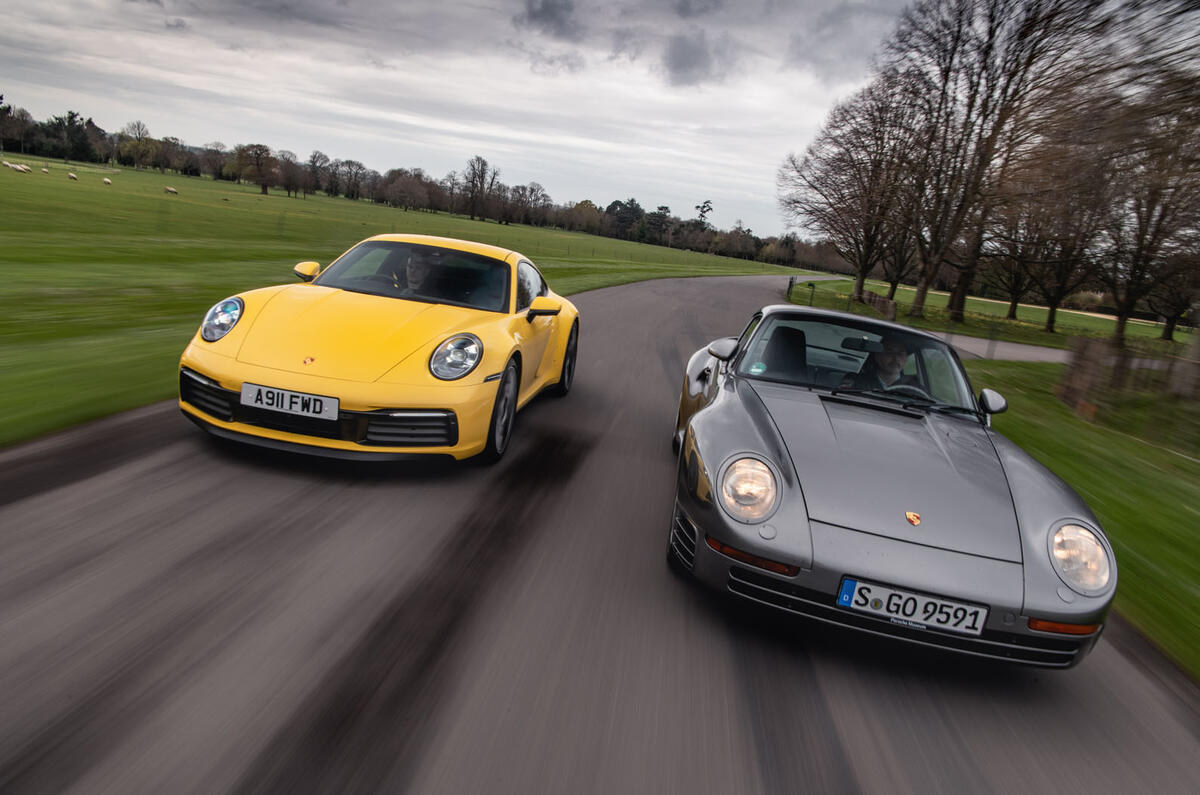
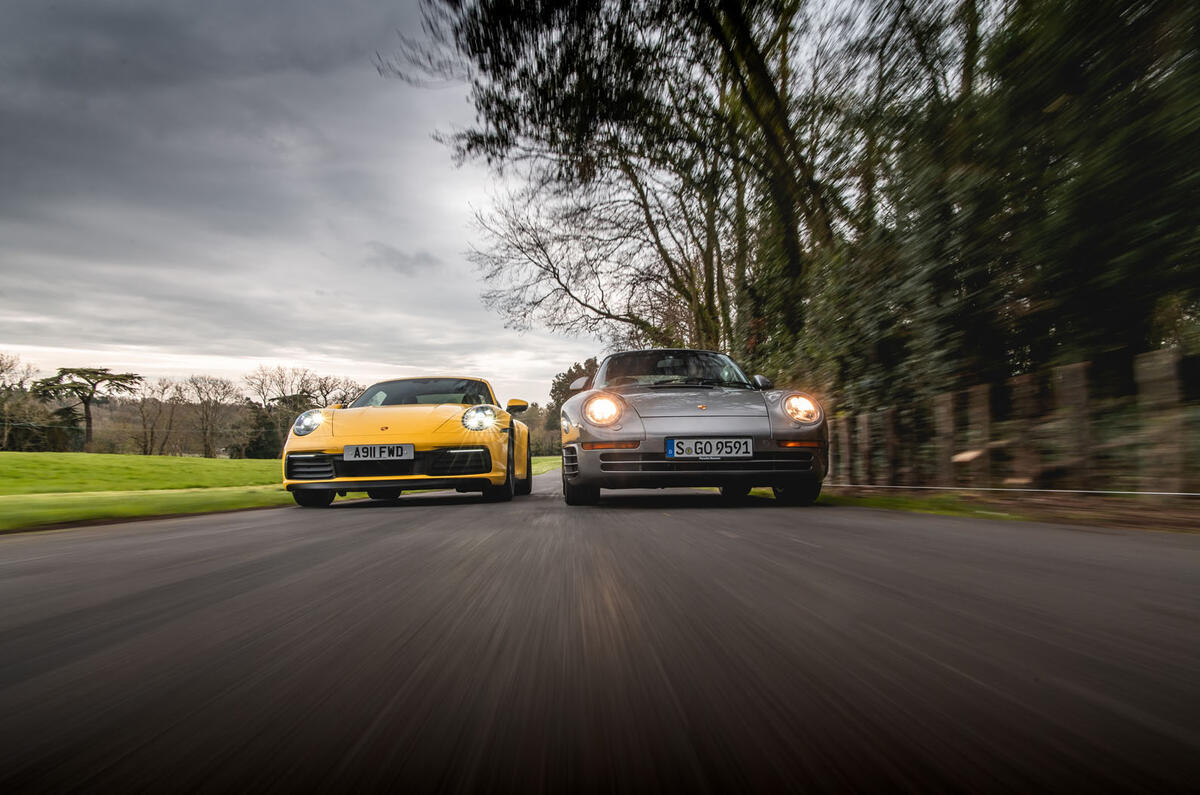
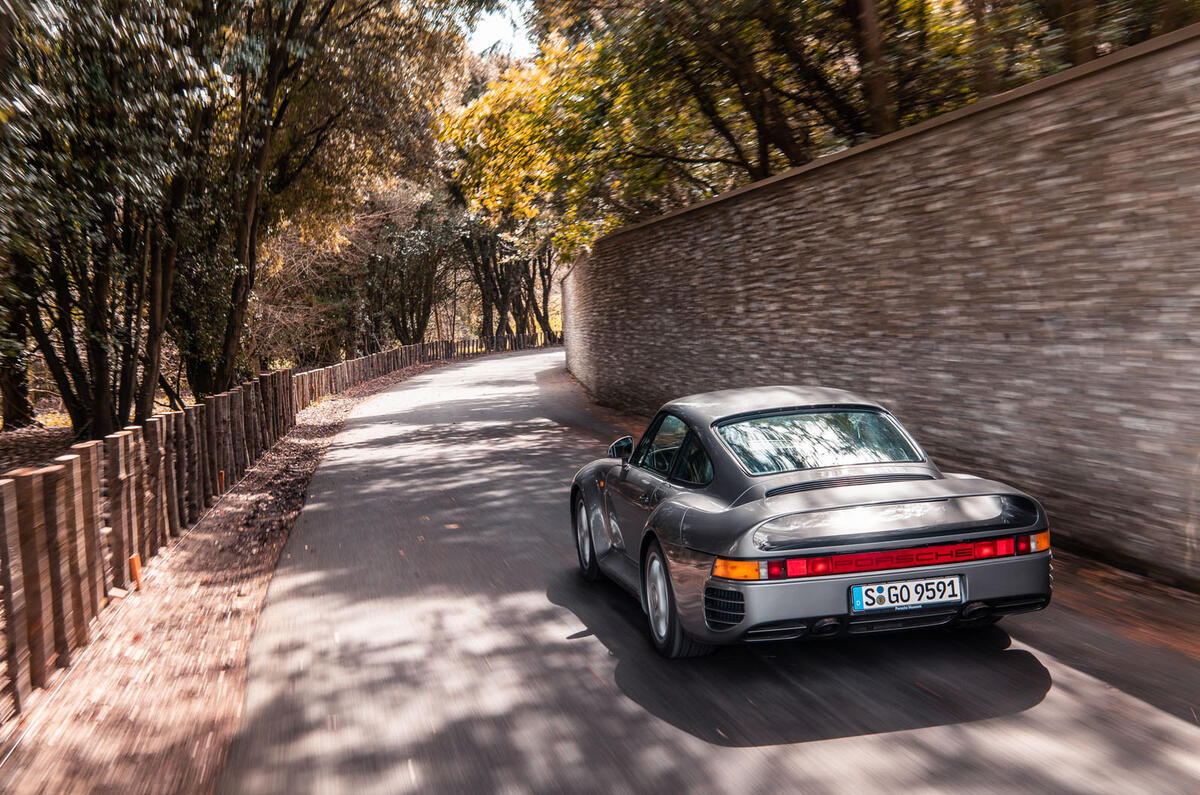
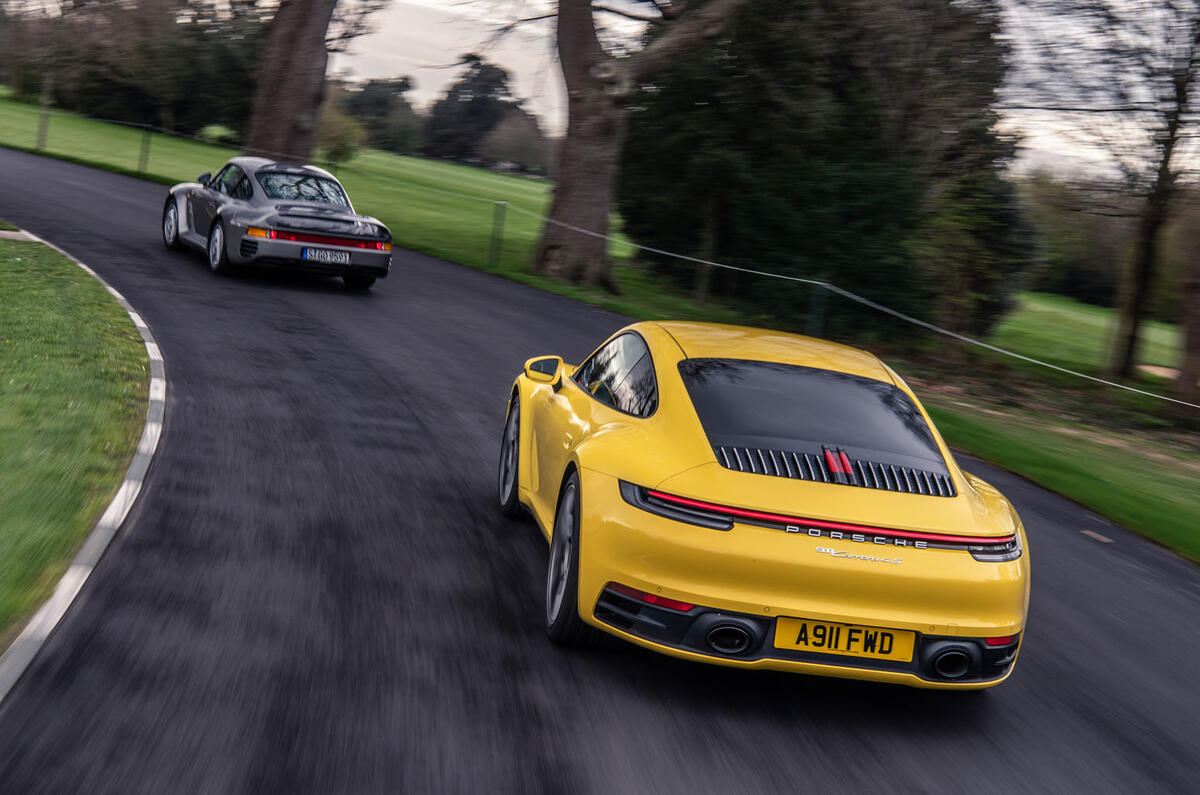



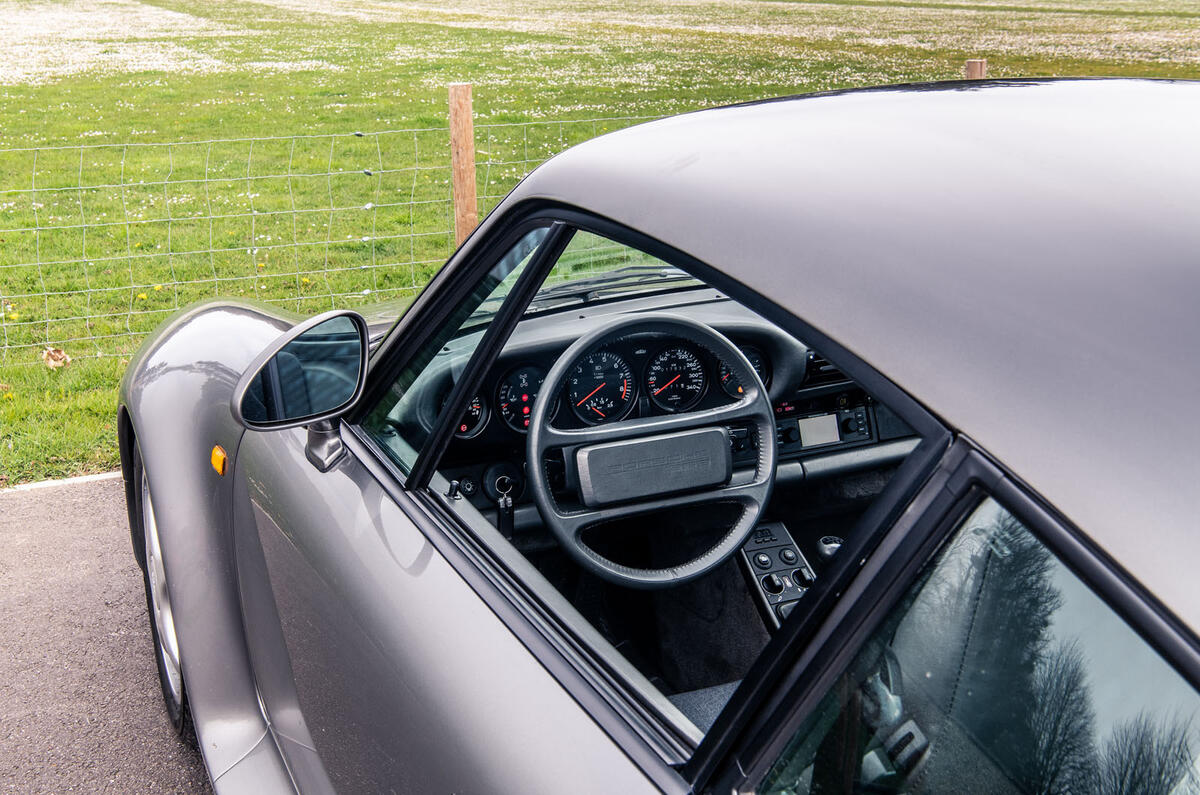










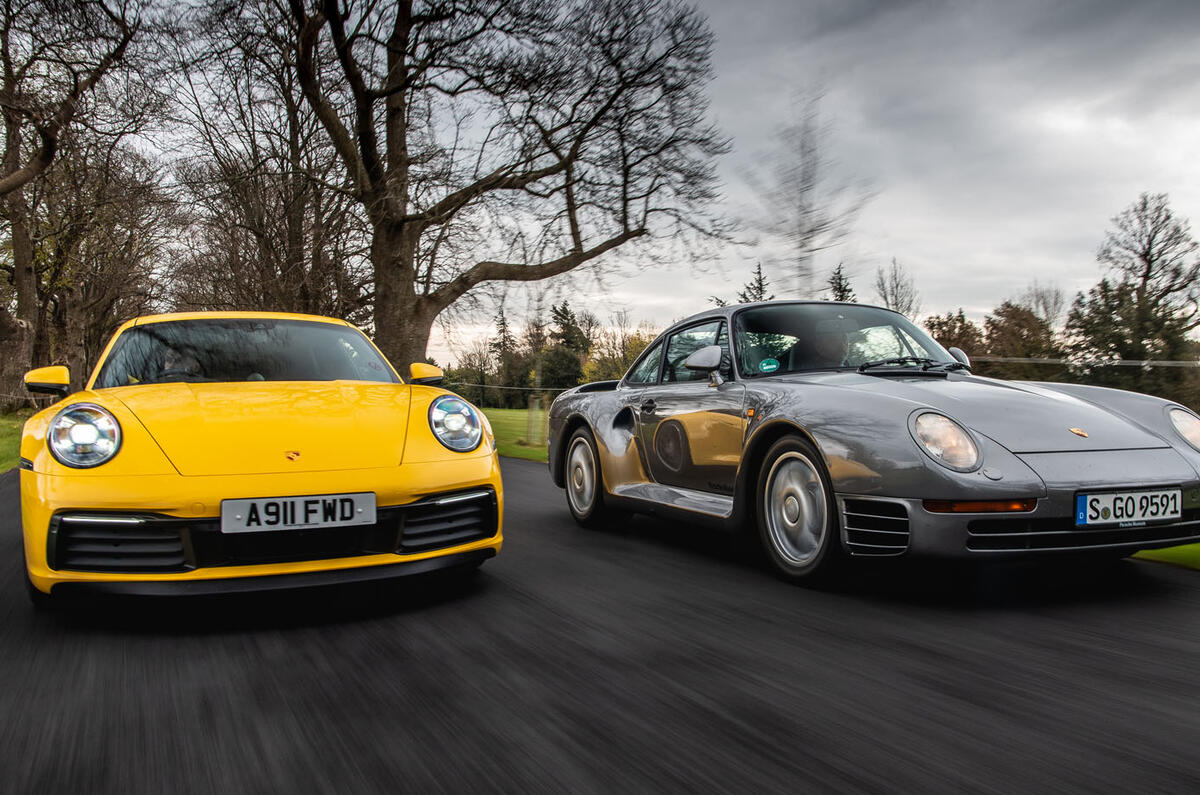
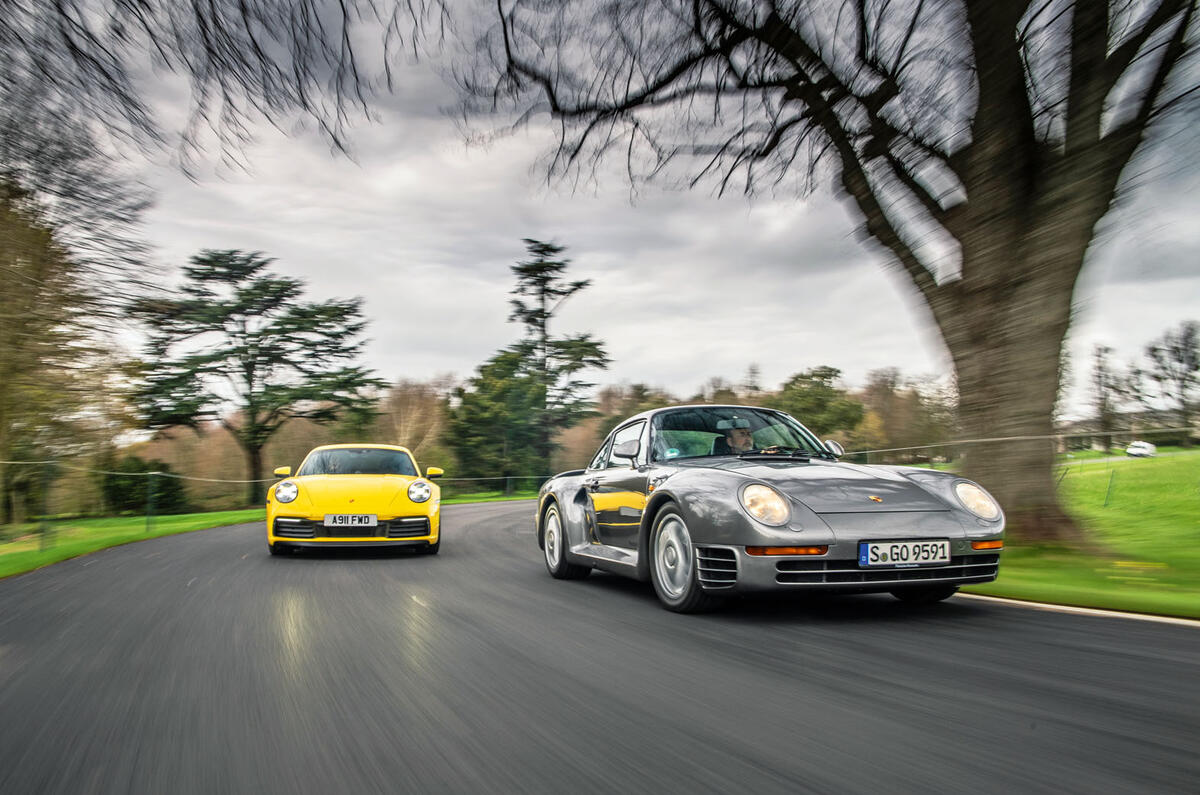



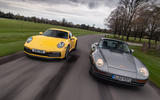































Join the debate
Add your comment
Surely a substantial amount
I seen to remember it was compared to the F40 more than the 288 at the time.
959.
I notice the main difference which is....115kg, yep, the 959 is lighter too!
That 959 is as stunning now
I know the comments are from a year ago but, comments regarding Porsche-ness in styling and laziness does hold some truth, I think. I've always been a fan of the 911s look but not see why it's necessary to transfer it's look to SUVs and all other models, going back to the transaxles, these were all unmistakably Porsches yet looked unlike a 911, same with the 914/6 before them, so to have Porsche-ness in styling doesn't require 911 styling cues. In my opinion anyway.
Whilst I do like the look I still think the new 911 is too big but surprisingly it isn't as big as I thought (having seen one on the road) seeing it pictured beside the diminutive 959.